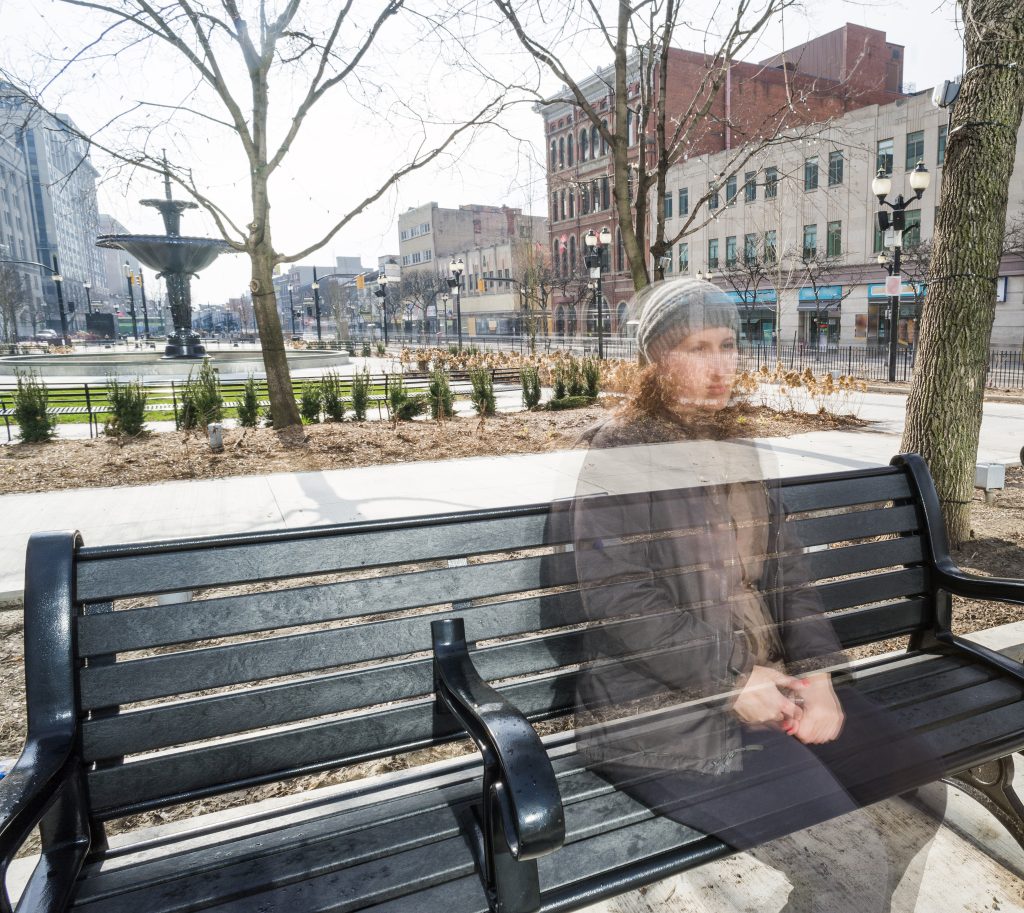
“You Look Fine To Me!”
What is it like to live with an invisible illness? It’s different from living with something that everyone around you can plainly see. If you break your leg and you’ve got a cast on, that is at least a clue that you might be in some pain, that your life is probably very different then it used to be before the broken leg, and that you might appreciate some sensitivity.
What’s Invisible?
An “invisible illness” is a disorder… a medical condition or a mental health disorder…that is not obvious to others. Examples of invisible illnesses include:
- Chronic pain
- Chronic fatigue syndrome
- Fibromyalgia
- Lupus
- Interstitial Cystitis
- Crohn’s disease
- Rheumatoid arthritis
- Depression, and other mental health issues
On a bad day, a person’s symptoms might be noticeable, but on a good day, no one would ever know the person suffers from a disorder they have to manage every single day.
Some Similarities
Although different illnesses may have different symptoms, almost all invisible illnesses include the symptoms of pain, fatigue, problems with sleep and appetite, sensory sensitivity, and feeling emotionally overwhelmed. In addition, most people with an invisible illness have suffered from it for months to years before being correctly diagnosed, due to others under-estimating how sick they are and because the person with the illness also thinks since they “look okay” on the outside, they must be exaggerating how bad they feel on the inside.
Why Don’t They Show It?
People with invisible illnesses often paste a smile on their faces when they leave their homes, so others won’t know they are in severe pain or depressed or have only gotten 3 hours of sleep. They have learned over time that when people ask “How are you?”, they don’t really want to know the answer if it isn’t “Fine!” They may also be afraid of losing their jobs and becoming a burden to friends and family. They just put forth the best face they can.
How Can You Help?
No matter how many “bad days” you’ve had, if you have never been diagnosed with severe depression or chronic pain, you have no idea what it is like to try to function every day with it. Save any advice or opinions you have, and instead, ask if there is anything you can do to help… and then ask again, and again, and again. It’s the only way the person with the invisible illness will begin to believe you really do mean it. Then listen, and follow through.
It takes a village to remain functional when your body or your mind decides to check out on you. Try to be a helpful neighbor, not the village idiot.
What To Do If You Have One
If you are managing an invisible illness, the first thing you need to do is learn everything you can about your illness and join a support group (online or in your community), so you will know you are not alone in this experience. You don’t have to reinvent the wheel to figure out how to manage pain or depression… others have been where you are and found ways out.
One of the best online sites to check out is this one: But You Don’t Look Sick.com. You can manage an invisible illness with help. You are not invisible, even if your suffering sometimes is. You deserve all the help that’s out there!
Dr. Anita Sanz, PhD, Psychologist
Self-Esteem Is YOUR Job
Self-Doubt and Low Self-Esteem Not sure if you’re all that sexy and attractive? Do you constantly need approval from others? Are you never sure that…
You Can Do Better Than “So, How Was Your Day?”
“So, how was your day?” Fine. “What happened in school today?” Nothing. You’re trying to connect. You’re trying to get them to open up. But…
How To Cope with Things Outside of Your Control
Imagine the following scenario: You are in a large, beautiful interior space with everything you need to accomplish any task that is put before you…
The Bobsled Principle
IT’S NOT MY PROBLEM… My favorite image of a team is the 2-person bobsled. (Known fact: I LOVE THE OLYMPICS!!!!) Imagine for a moment that…
How to Stop Procrastinating: A Three Step Plan
I’m probably the best procrastinator in the world. I could have procrastinated for England… if I got round to it and didn’t keep getting distracted…
Control Burn, Baby!
A Controlled Burn I live in Florida and lately, we’ve been in a drought. In order to decrease the likelihood of serious forest and brush…






